Latest Posts by hannahhaifisch - Page 4

“XYZ I” by ale_beber_origami http://flic.kr/p/TiaETp

0025

170223

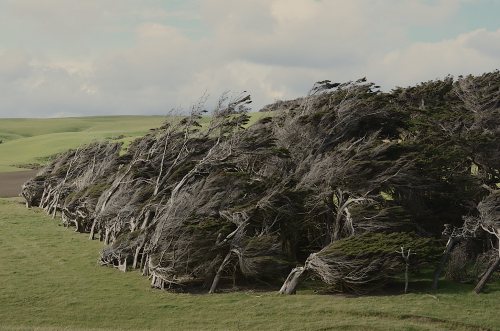



slope point, the southernmost tip on new zealand’s south island, is hit with such persistently violent southern antarctic winds that trees grow in the leeward direction. (click pic or link for credit x, x, x, x, x, x)



Watching the clouds go by on #Mars. Check out these atmospheric ripples!
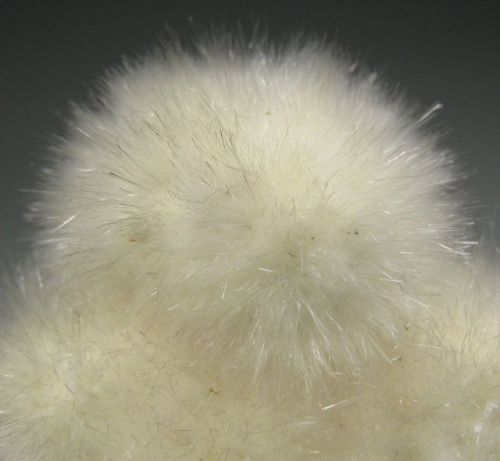
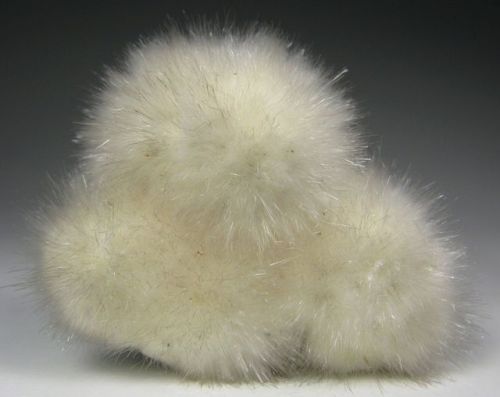
Fuzzy Okenite - Jalgaon, India

0009

69.6027062, -25.5389832

38.8256322, 33.1437783

26.3472939, 29.527707
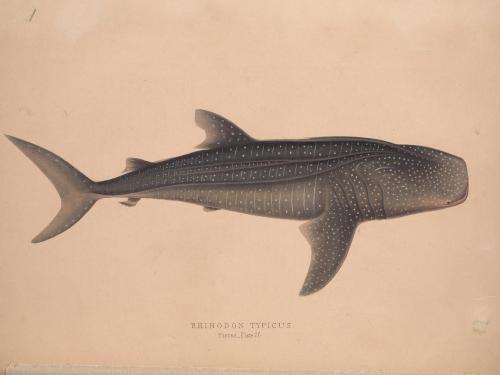




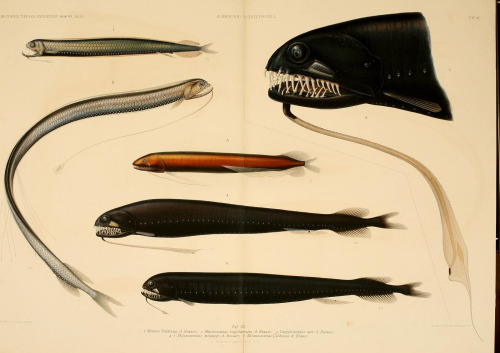
June 8th is World Oceans Day - a day to celebrate the oceans that connect and sustain all of us. Our colleagues at the Biodiversity Heritage Library have been leading up to today with a series of blog posts exploring historic publications that mark important milestones in the progress of marine bioscience research and ocean exploration.
Top image: Whale shark from Illustrations of the zoology of South Africa… v.4 (1845) Middle top : radiolarians and jellyfish from Ernst Haeckle’s Kunstformen der Natur (1904) Middle bottom: giant squid from Cassell’s Natural History v.5-6 and cuttlefish from Voyage de la corvette l'Astrolabe Mollusques and Zoophytes Atlas (1833) Bottom: deep sea fish from Valdivia Expedition…1898-1899. Bd. 15, T. 1
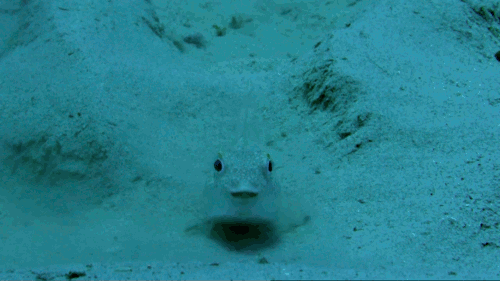
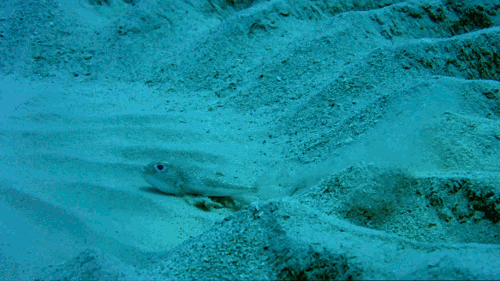
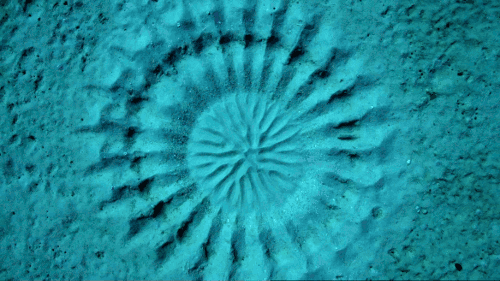
A small Japanese puffer fish is the creator of one of the most spectacular animal-made structures. To impress the female puffer fish, the male labors 24 hours a day for a week to create a pattern in the sand. If the female finds his work satisfactory, she allows him to fertilize her eggs. She then lays them in the middle of the circle, leaving the male to guard the eggs alone.
Life Story (2014)
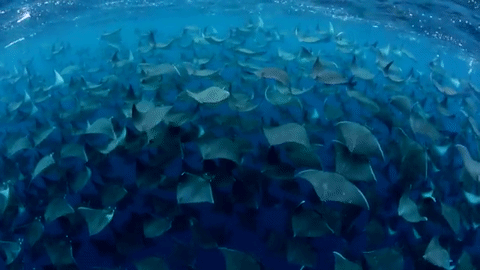
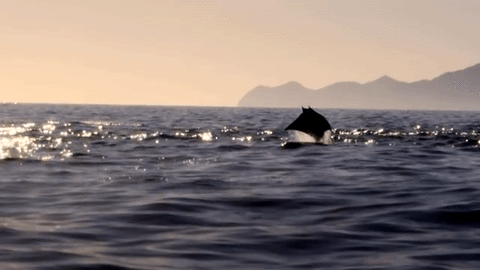
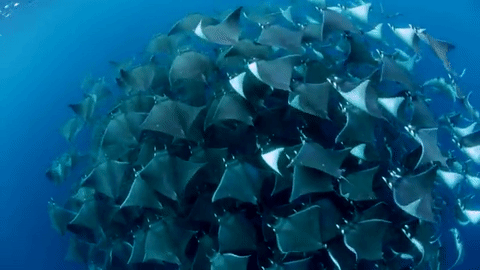

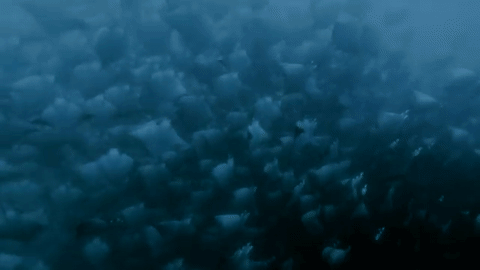
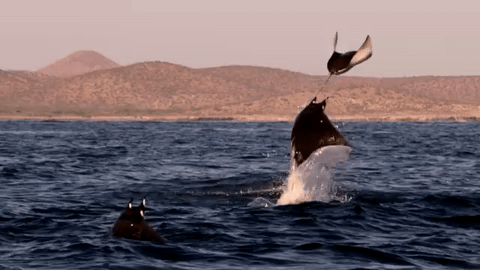
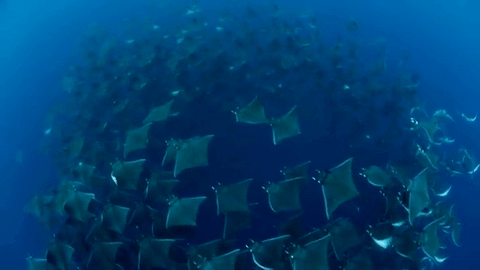
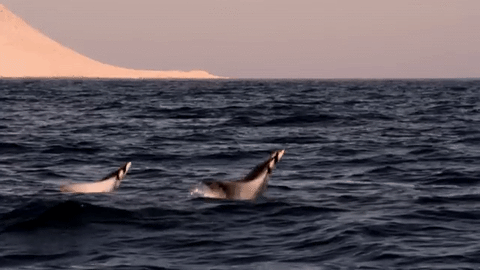
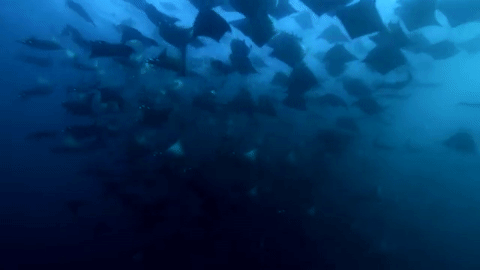
closely related to sharks but with long, flat bodies and wing-like pectoral fins, mobula rays are ideally suited to swooping through the water - here off the gulf of california - yet seem equally at home in the air, so much so that they have earned the name “flying rays”. mobula rays can reach heights of more than two metres, remaining airborne for several seconds.
mobula rays are quite elusive and difficult to study, so biologists are not quite sure why they jump out of the water. theories vary from a means of communication, to a mating ritual (though both males and females jump), or as a way to shed themselves of parasites. they could also be jumping as a way of better corralling their pray, as seen with them swimming in a circular formation.
what is known about mobula rays is that they reach sexual maturity late and their investment in their offspring is more akin to mammals than other fishes, usually producing just a single pup after long pregnancies, all of which makes them extremely vulnerable to commercial fishing, especially as a species that likes to come together in large groups.

Researchers discover that chaos makes carbon materials lighter and stronger
In the quest for more efficient vehicles, engineers are using harder and lower-density carbon materials, such as carbon fibers, which can be manufactured sustainably by “baking” naturally occurring soft hydrocarbons in the absence of oxygen. However, the optimal “baking” temperature for these hardened, charcoal-like carbon materials remained a mystery since the 1950s when British scientist Rosalind Franklin, who is perhaps better known for providing critical evidence of DNA’s double helix structure, discovered how the carbon atoms in sugar, coal, and similar hydrocarbons, react to temperatures approaching 3,000 degrees Celsius (5,432 degrees Fahrenheit) in oxygen-free processing. Confusion over whether disorder makes these graphite-like materials stronger, or weaker, prevented identifying the ideal “baking” temperature for more than 40 years.
Fewer, more chaotically arranged carbon atoms produce higher-strength materials, MIT researchers report in the journal Carbon. They find a tangible link between the random ordering of carbon atoms within a phenol-formaldehyde resin, which was “baked” at high temperatures, and the strength and density of the resulting graphite-like carbon material. Phenol-formaldehyde resin is a hydrocarbon commonly known as “SU-8” in the electronics industry. Additionally, by comparing the performance of the “baked” carbon material, the MIT researchers identified a “sweet spot” manufacturing temperature: 1,000 C (1,832 F).
Read more.

Peru

Clouds casting thousand-mile shadows when viewed from the ISS
via reddit

#MA17-888
A new geometric design every day


“Ratio of oscillations.” La méthode graphique dans les sciences expérimentales et principalement en physiologie et en médecine. 1885.

Unusual fluid behavior observed in microgravity
Normally when a liquid is heated above its boiling point, it evaporates, turning into a vapor. But when scientists recently performed an experiment on the International Space Station (ISS), they observed that the vapor near a heat pipe condensed into a liquid even when the temperature was 160 K above the substance’s normal boiling point. The results show that microgravity significantly alters the processes of evaporation and condensation, but the scientists do not yet have a complete explanation for the phenomenon.
The research team, consisting of scientists from Rensselaer Polytechnic Institute and the NASA Glenn Research Center, have published a paper on the surprising observations in a recent issue of Physical Review Letters.
This is not the first time that unexpected behavior in heat pipes, which are devices used to cool components of a spacecraft, has been observed in microgravity. In 2015, many of the same researchers made a related, counterintuitive observation during experiments conducted on the ISS.
At that time, the researchers observed that increasing the heat input to a heat pipe did not cause the device to dry out near the heated end as it does on Earth, but instead it caused liquid accumulation there. At the time, the processes responsible for this phenomenon were not completely understood.
Read more.

0007

0002




Drafts of tessellations…
Triphilia by Robin Scholz, Star/Flower, star side, by Lydia Diard.







Double triangle sawtooth by Miguel Angel Blanco Muñoz. I have liked how time seemed to slow down, folding the grid.

Hexagons and rhombis spreading out

Let it go ❄
(snowflake designs by Tomoko Fuae, Joseph Wu, Shuzo Fujimoto, and Dennis Walker)
#snowflakes #origami #paperart #papercraft #paper #art #craft #design #sculpture #daily #illustration #instaart #instaartist #snow #snowflake #winter #ice #frozen #elsa #papersnowflakes

Hexagons and rhombis spreading out